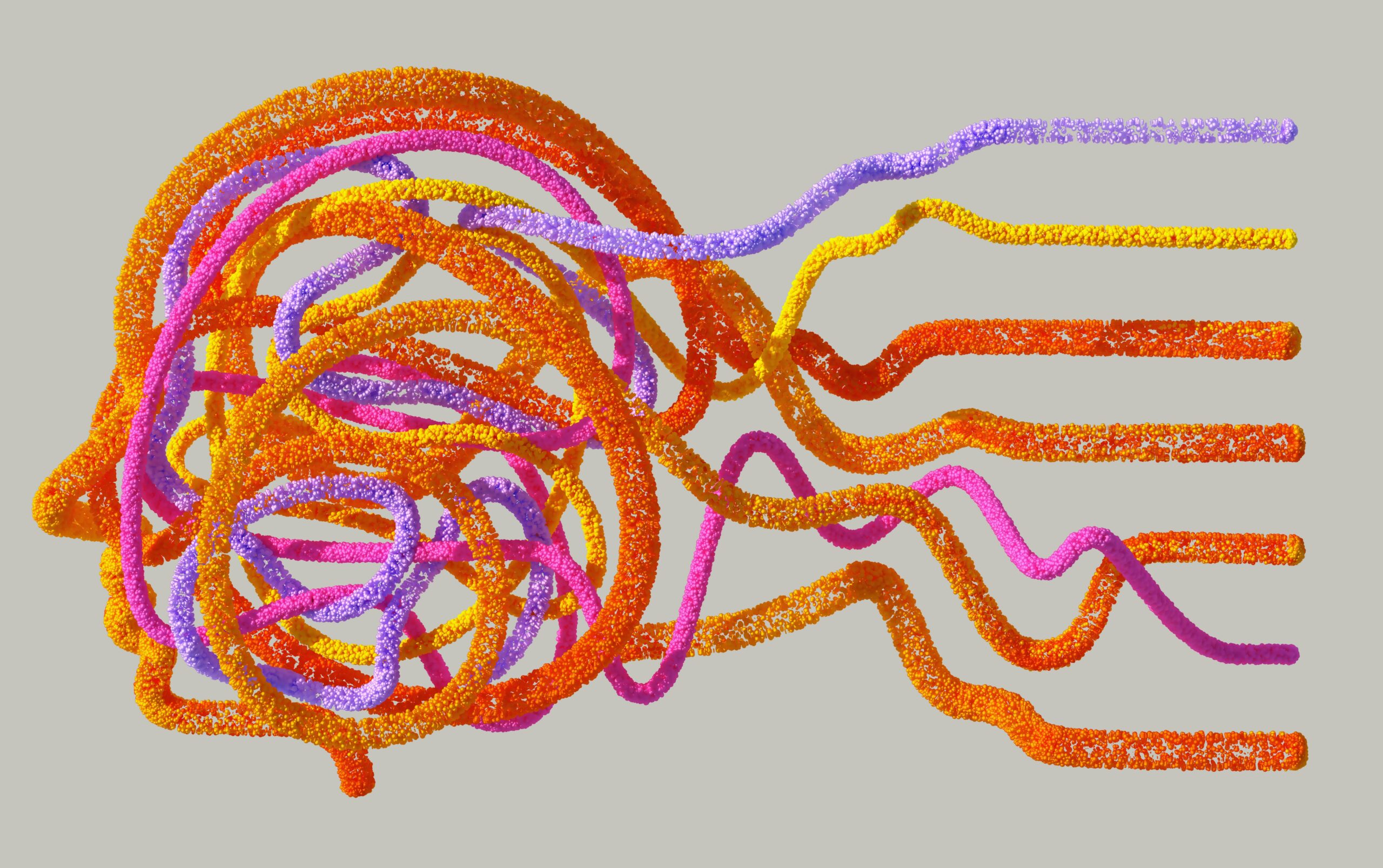Most people have some idea of what OCD is. You might picture someone washing their hands excessively, checking locks repeatedly, or organizing things in perfectly straight lines.
While these behaviors can certainly be part of OCD, the disorder is far more complex and deeply neurological than many realize.
It’s not a personality quirk or a preference for neatness. To truly understand OCD, it helps to look beneath the surface at what’s happening inside your brain.
Understanding OCD: A Brain-Based Disorder
OCD involves two key components: obsessions and compulsions. Obsessions are intrusive, distressing thoughts or fears that feel impossible to shake, like “What if I left the stove on?” or “What if I hurt someone?” These aren’t fleeting worries. They’re persistent and overwhelming.
Compulsions are the repetitive behaviors or mental rituals you feel driven to perform in response to these obsessions. You might check the stove repeatedly, count to a certain number, or mentally review events over and over.
These actions feel necessary to neutralize the anxiety from your obsessive thoughts.
But here’s what’s important to understand: these aren’t just behaviors you can simply stop. They’re connected to specific brain circuits that become hyperactive and stuck in overdrive.
Your brain is working precisely as it’s wired to work, but those wires have gotten crossed in a particular way.
The Brain Circuits Involved
Several key brain areas play a role in OCD. The orbitofrontal cortex helps detect when something’s wrong or needs your attention. Think of it as your brain’s quality control department.
The anterior cingulate cortex regulates emotional responses and helps with decision-making.
Then there’s the basal ganglia and caudate nucleus, which act like a filter. They decide which thoughts and impulses should pass through to action and which ones you should let go.
For someone with OCD, these circuits don’t communicate the way they’re supposed to. It creates a feedback loop that feels impossible to shut off.
Your brain’s error-detection system keeps signaling that something’s wrong, even when it isn’t. This is why you might know your fears are irrational but still feel compelled to act on them.
Your logical mind understands one thing, but your brain’s alarm system is telling you something completely different.
The Role of Neurochemistry
OCD often involves chemical imbalances in your brain, specifically with serotonin. This neurotransmitter helps regulate mood, anxiety, and impulse control.
When serotonin pathways don’t function properly, communication between those brain circuits becomes disrupted. It makes it incredibly hard to calm intrusive thoughts.
Your brain’s messaging system is essentially misfiring, creating that persistent sense that something needs your immediate attention.
Why OCD Feels So Distressing
Because your brain’s error and fear circuits are overactive, OCD creates a powerful sense of urgency and anxiety. This isn’t just overthinking or worrying too much. It’s a full-body response to what your brain genuinely believes is a real threat.
This is why well-meaning advice like “you’re fine” or “don’t worry about it” often doesn’t help. Your brain’s alarm system keeps firing regardless of what you rationally know to be true. The distress you feel is very real, even when the threat isn’t.
Therapy Can Help Rewire Your Brain
Here’s the encouraging news: your brain is remarkably adaptable. Different types of treatment can help you face your fears without performing your usual compulsions. Over time, this helps retrain your brain’s circuits to calm down and recognize that the perceived danger isn’t real.
Through evidence-based OCD therapy approaches, you can work with your brain’s natural ability to heal and adapt. These treatments help process the underlying experiences and patterns that keep those neural circuits stuck in overdrive.
If you’re struggling with OCD, you don’t have to manage it alone. Understanding what’s happening in your brain is an essential first step. The next step is reaching out for support that can help those circuits find a new, healthier rhythm.
Contact us today to learn more about how we can help you work with your brain’s natural capacity for change and healing.
